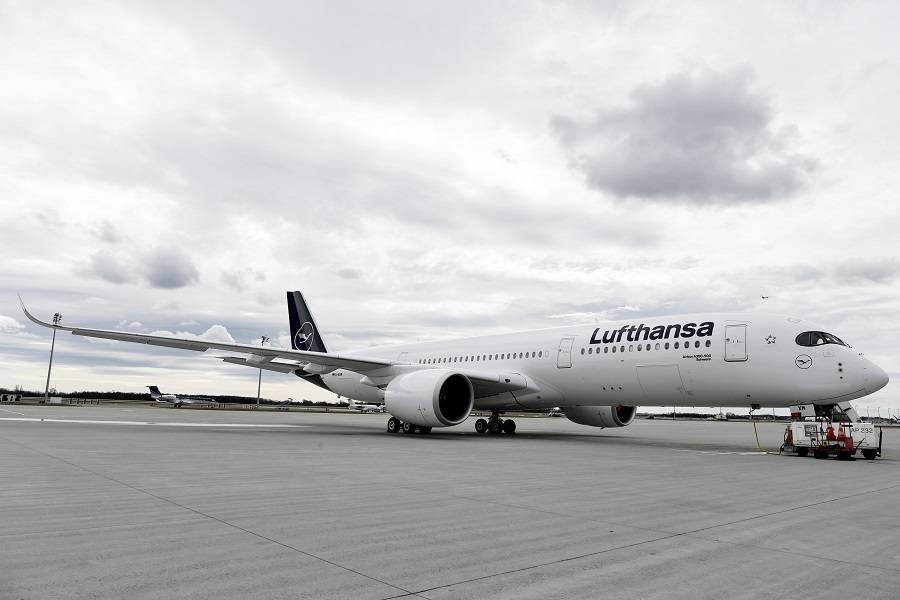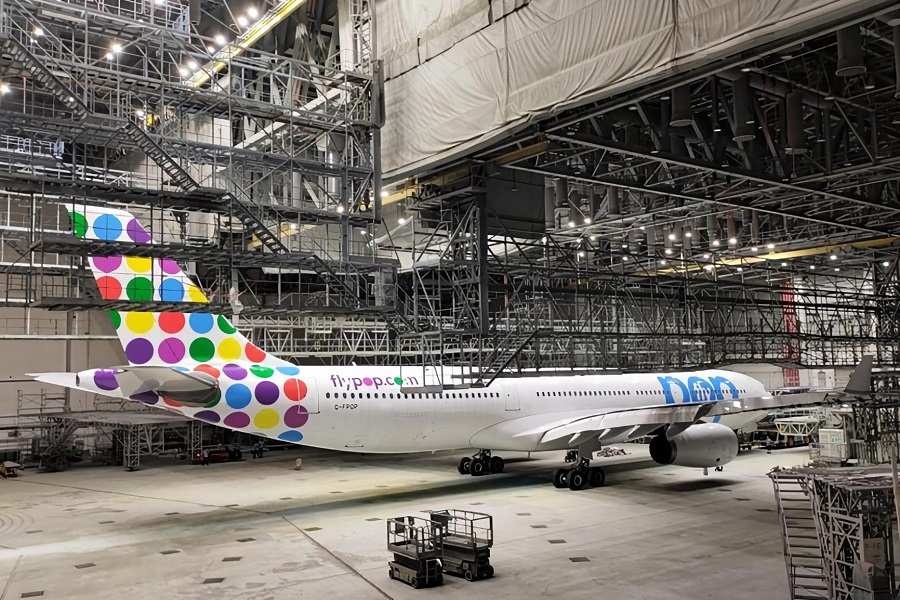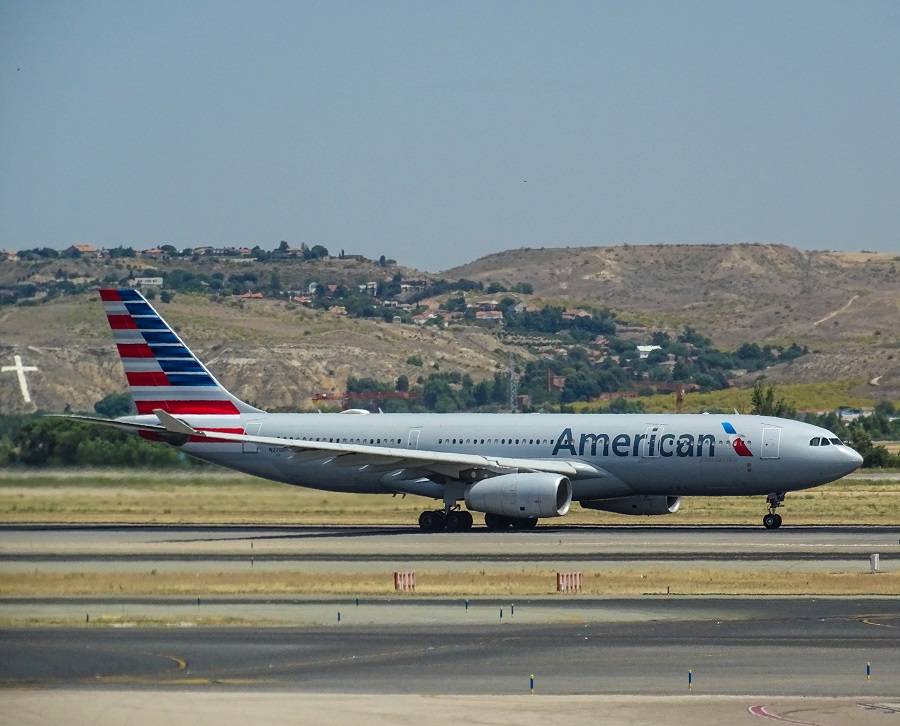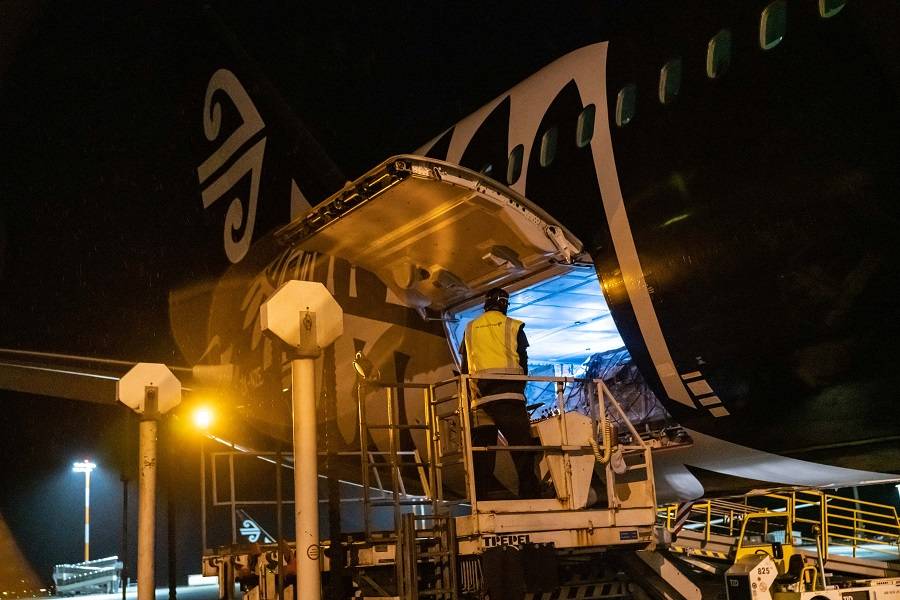After a lull in demand predating the pandemic, airlines worldwide are back on the market for widebody aircraft. But they may have to wait!
We saw that Boeing recently delivered its first 787 since May last year. Boeing’s issues with the aircraft stretched back well before that, to September 2020. But as we saw, the type’s grounding wasn’t a huge obstacle to the industry. With the pandemic in full swing, not paying for new widebody aircraft they couldn’t use, was OK for airlines.

But even before the pandemic, the outlook for widebodies was rather unclear. Airbus was offering the A330neo, and Boeing was fresh from putting previous 787 problems (batteries, engines) behind it. This drove fleet renewals, but it had more negative effects. For instance, the value of older widebodies like 767s and A330s plummeted.
Older And Cheap Or New And Expensive?
As we saw, some freighter conversions of A330s involved aircraft not even eight years old! Double that age was more common. Obviously, this was good news for buyers of freighters. But it was terrible news for the airlines and lessors who previously owned these widebody aircraft. Also, these low-priced, not-so-old jets meant that the airlines needed to be careful about new orders. Could it be better to use something older instead, with VERY favorable lease terms?

That dilemma, plus the pandemic and the collapse it brought to long-haul flying, stalled orders for large jets. But that was the case in 2020 and 2021. In the second half of 2022, the airlines are once again looking for widebody aircraft. And as we have already seen, now is the time when these airlines need more big jets.
Widespread flight cancellations and airport chaos in many places, are showing us two things. Firstly, an airline can’t recover to 2019 levels without the number of people it had in 2019. And secondly, the same applies to aircraft. Many airlines accelerated fleet-wide retirements in 2020 – which predominantly involved widebody aircraft.

Many airlines, analysts, and other stakeholders expect the industry to complete its recovery in late 2023. And this means that airlines needing new aircraft are already late if they’re going to order them. Twin-aisle jets generally don’t have multi-year waiting lists, like 737s and (especially) A320s. But the airlines have to plan their purchases and partnerships with lessors well in advance.
Airlines Shopping For Widebody Aircraft
So there are multiple airlines in discussions with both Boeing and Airbus for widebody aircraft. In Taiwan, China Airlines wants to replace 22 Airbus A330s. It is going to choose between Airbus A330neos and Boeing 787s. It also wants freighters, to replace its 747-400Fs, which likely will play a role in these discussions.

Separately, Saudi Arabia is in discussions with Boeing for 787s and 777X twin-aisle jets, as it eyes a capacity expansion. And last Monday (15th of August), Malaysia Airlines ordered 20 widebody aircraft from Airbus. These will be A330-300s with Rolls-Royce engines, and the agreement also includes 20 options.
More such deals could come in the next few months. And as an aside, it seems that the pandemic might have reversed a previous trend in aviation. Airbus recently flew the first A321XLR, an aircraft that some airlines could use to replace widebody jets on some long-haul routes. But what the pandemic showed is that strong cargo demand places enough of a premium on hold capacity, to favor the widebodies – even with many empty passenger seats.

This means that airlines have to weigh the previous operational experience they had, against this new reality. The long-term effects of these cargo prices are hard to predict, as they rely partly on sea freight prices. During the pandemic, airlines in the US and Europe also used widebodies for many medium-haul routes, during the pandemic. This may have been out of necessity, but it’s another potential lesson for the airlines.



